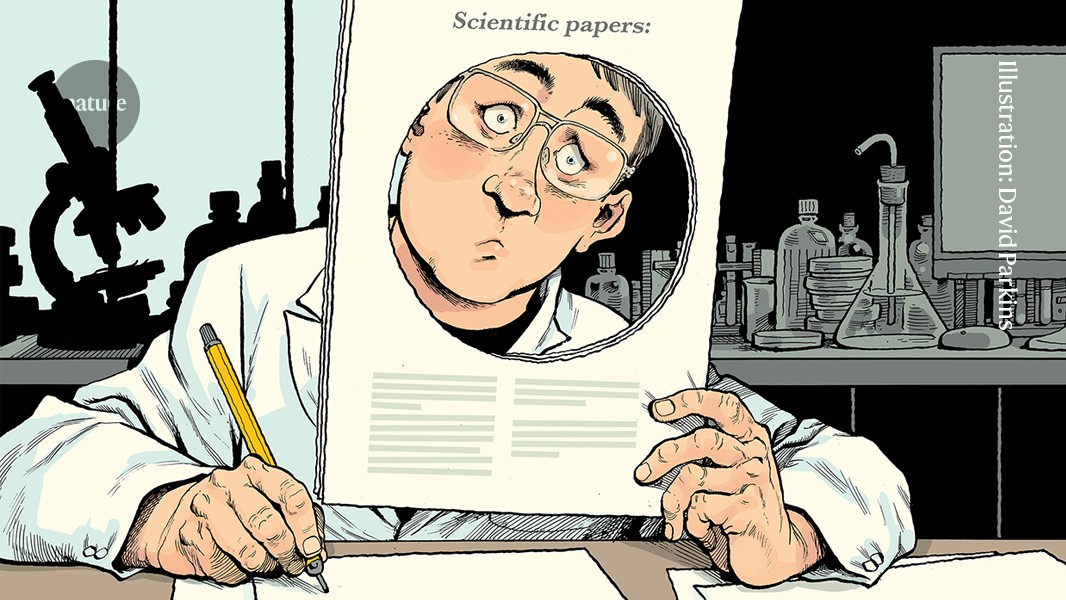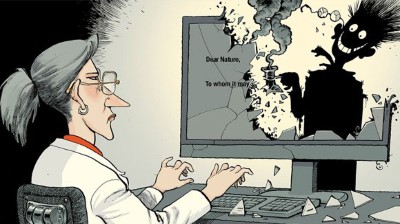The advice
Nature’s careers section spoke to three academics who study academic bullying and its impacts. All expressed their sympathy for any researcher — particularly those in science, technology, engineering, mathematics and medicine (STEMM) — caught in such a situation.
“I’ve seen scholars who are in the social sciences and the liberal arts who can work their way around the mentor, and I think it’s harder in STEMM subjects because so much emphasis is put on the head of your lab: your adviser,” says Leah Hollis, associate dean of access, equity and inclusion at Pennsylvania State University in University Park.
Hollis notes that a gap in a publication record isn’t unusual, and can come from any number of life events, such as serious illness or caring responsibilities. However, she notes, “I know those stories are much more palatable than ‘my adviser was a jerk’.”
Loraleigh Keashly, a communications scholar at Wayne State University in Detroit, Michigan, agrees that it is OK to have a break in your career record, because “we already have mechanisms in place that say that there are extraordinary circumstances in one’s life that draw people’s attention away”.
The challenge is how to frame this particular circumstance. Having been on interview panels, Keashly says she might be curious enough to ask about a gap. Her advice is to address that question simply — saying, for example, that ‘there was a challenging environment, and it wasn’t a good fit’, or ‘the principal investigator (PI) wanted to move in one direction, I wanted to move in another’ — and move on to talk about other things, to avoid drawing extra attention to the experience.
Both Hollis and Keashly also suggested seeking out other researchers and academics in the field who could serve as references in place of the difficult supervisor. “Access professional networks, other people in the discipline,” Keashly says — maybe people you’ve worked with before, or you’ve met at conferences and “had positive, constructive conversations” about your work.
Hollis also suggests contacting the Academic Parity Movement — a non-profit organization in Brookline, Massachusetts, working to address academic bullying, discrimination and violence — which she is on the advisory board for. “Perhaps we can get you connected with somebody,” she says, such as other senior scientists in the field who might be familiar with your work and the situation.
An ‘agony aunt’ for working scientists



